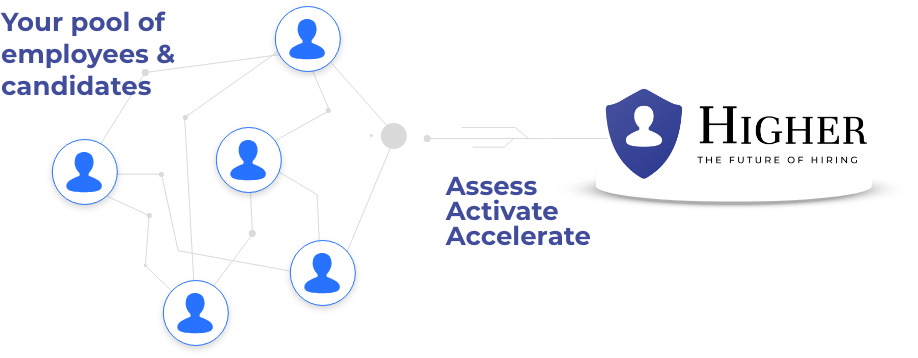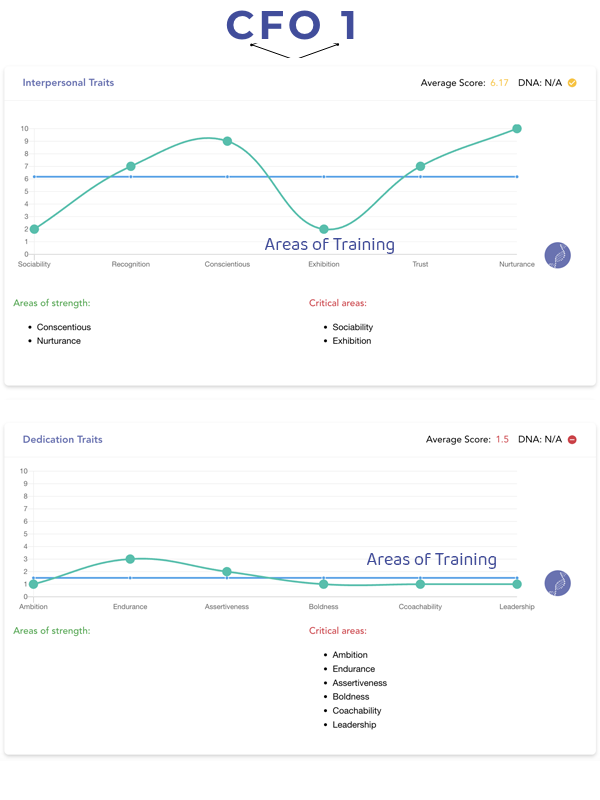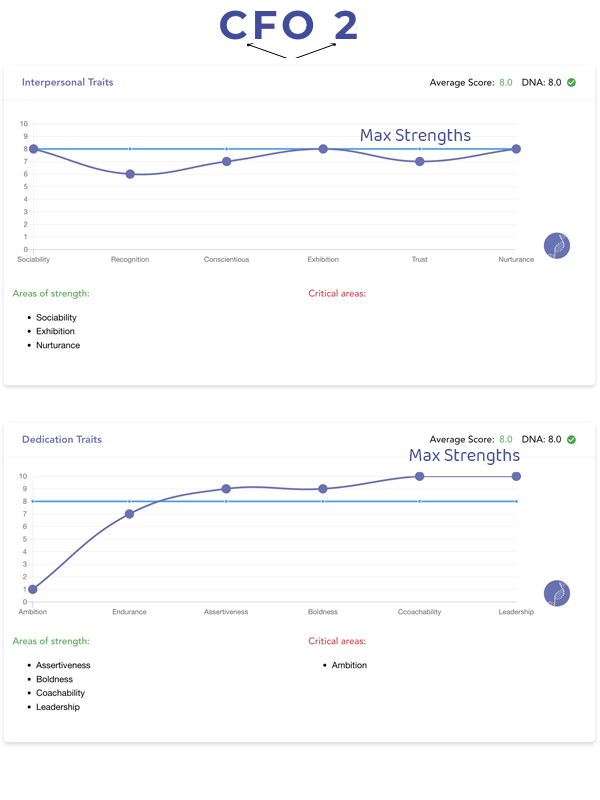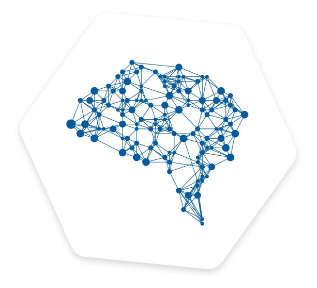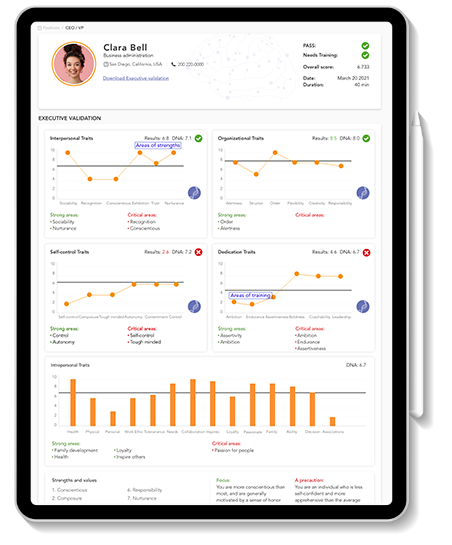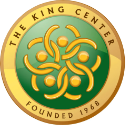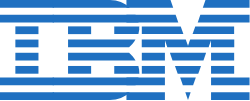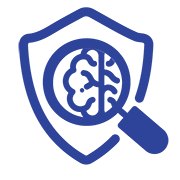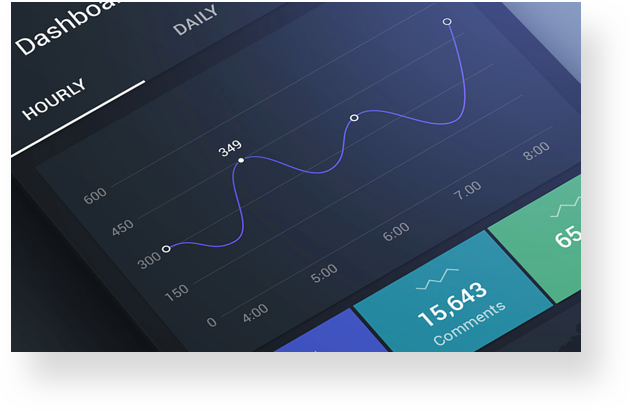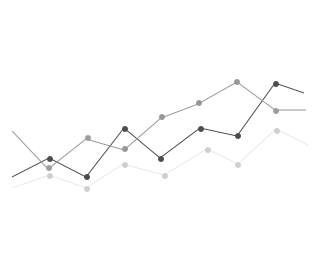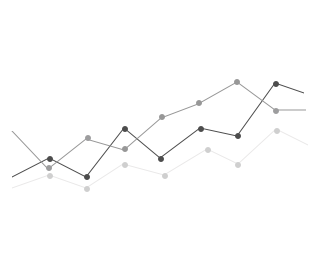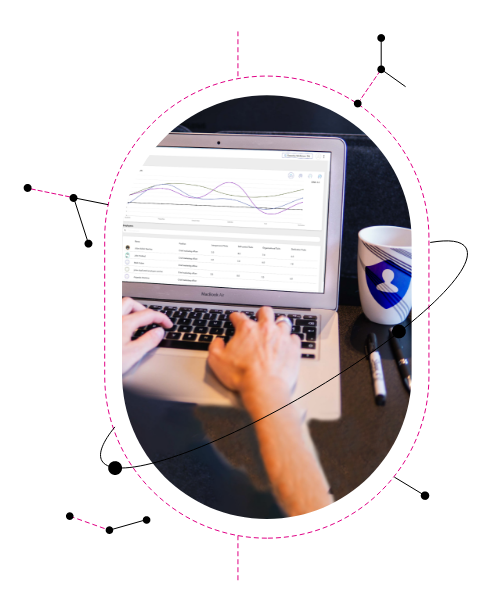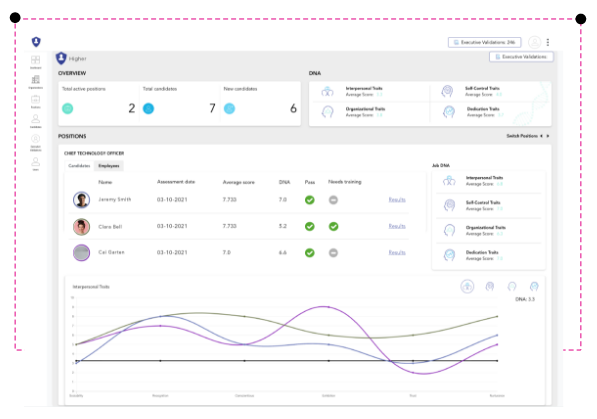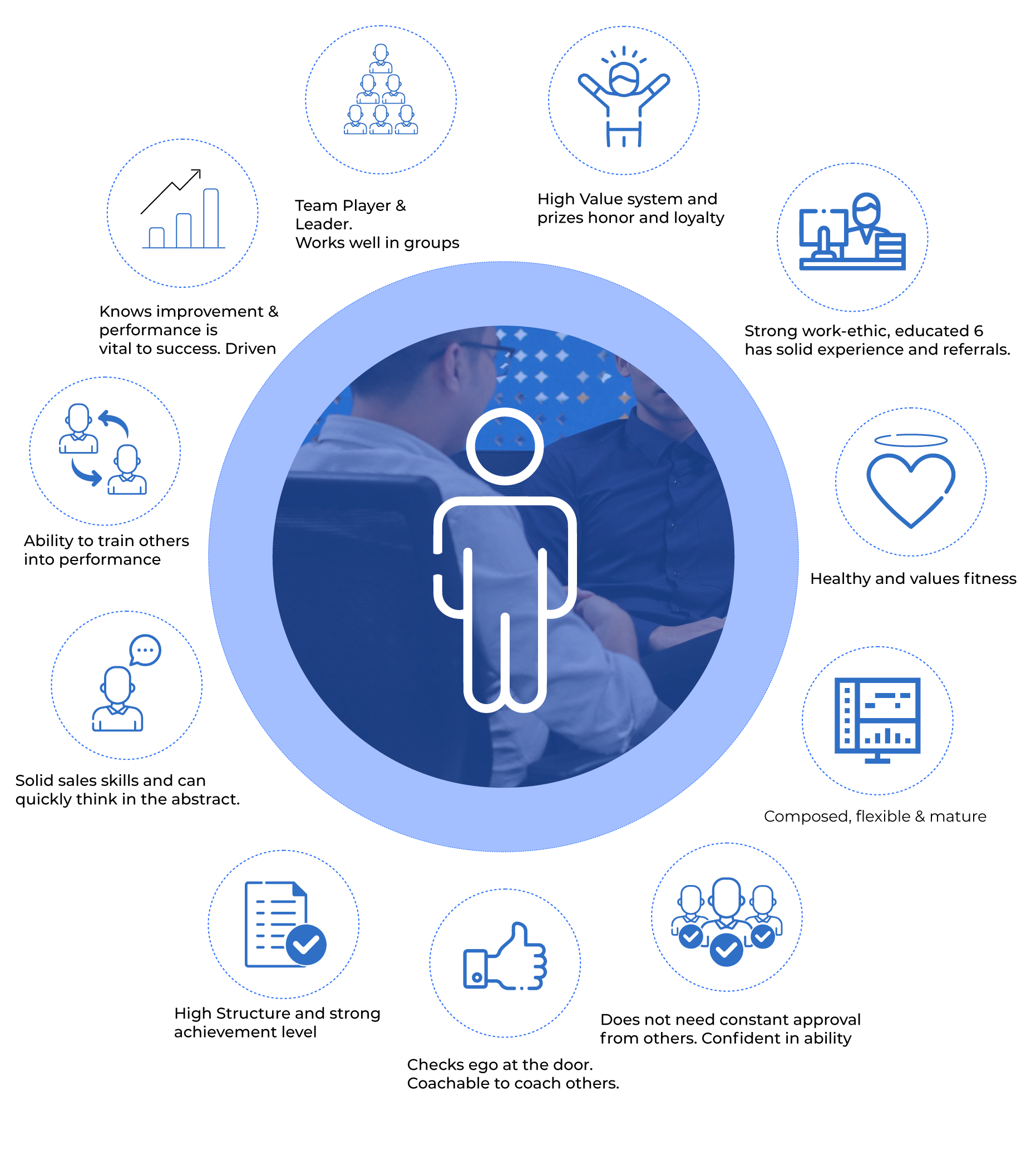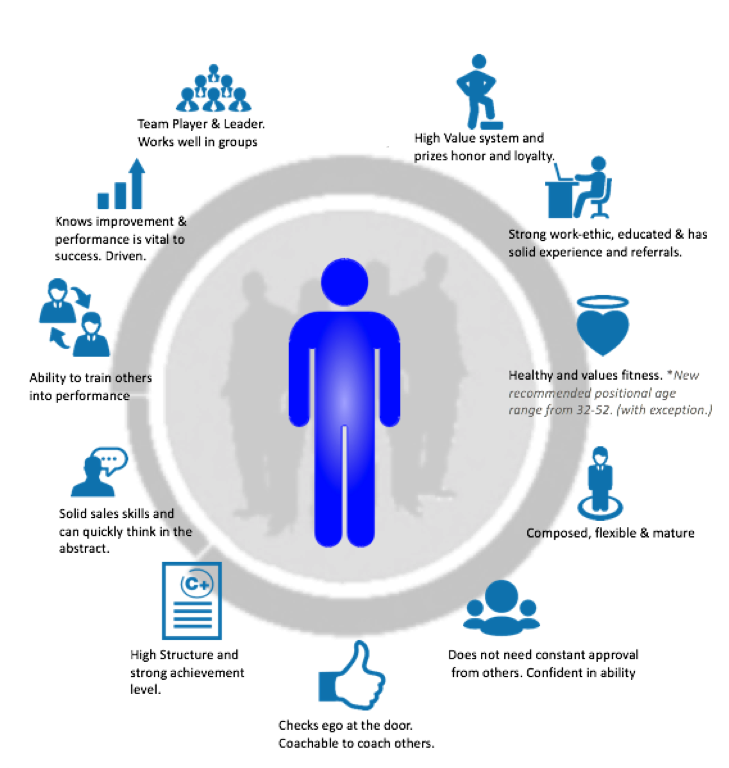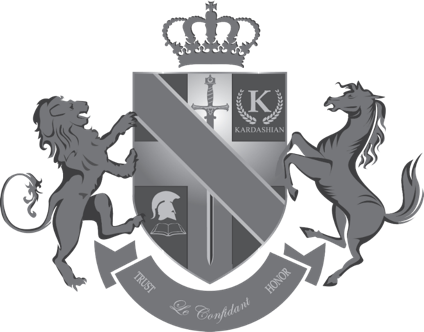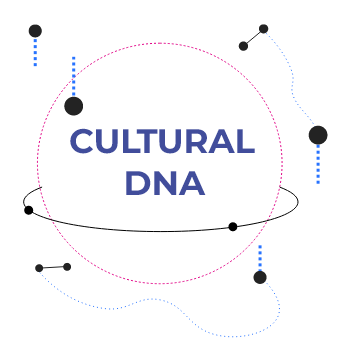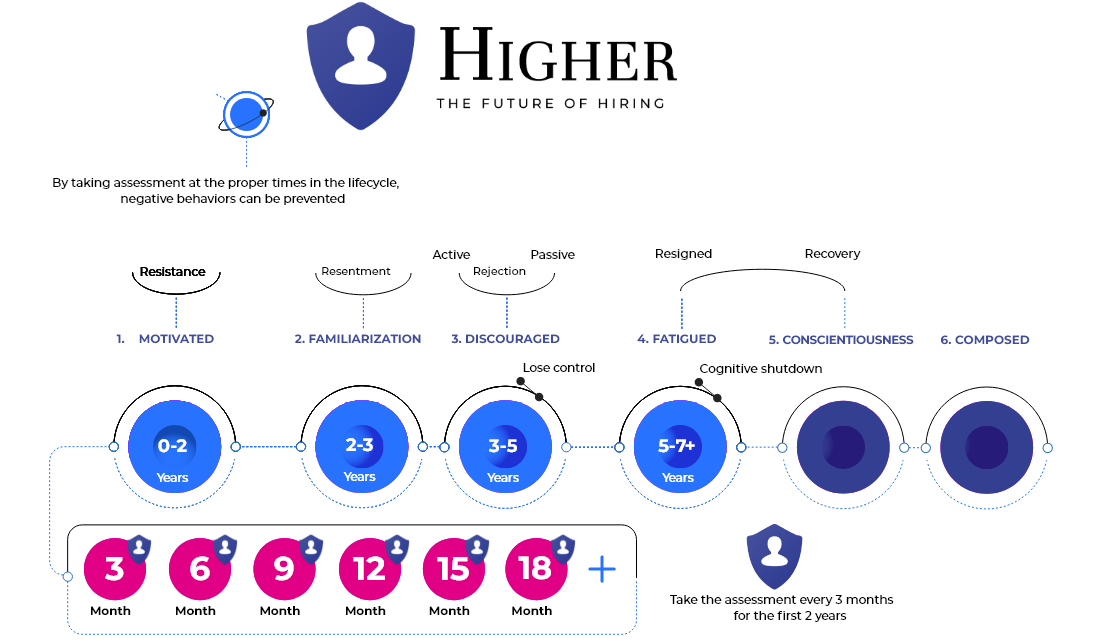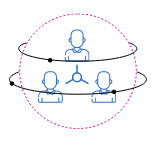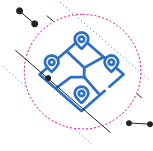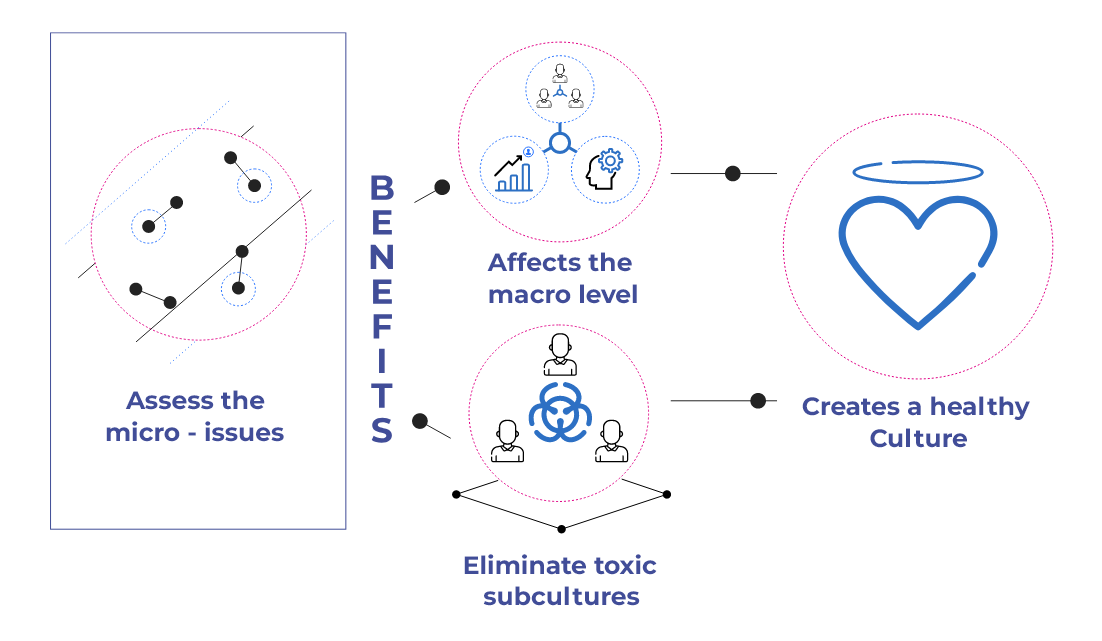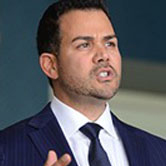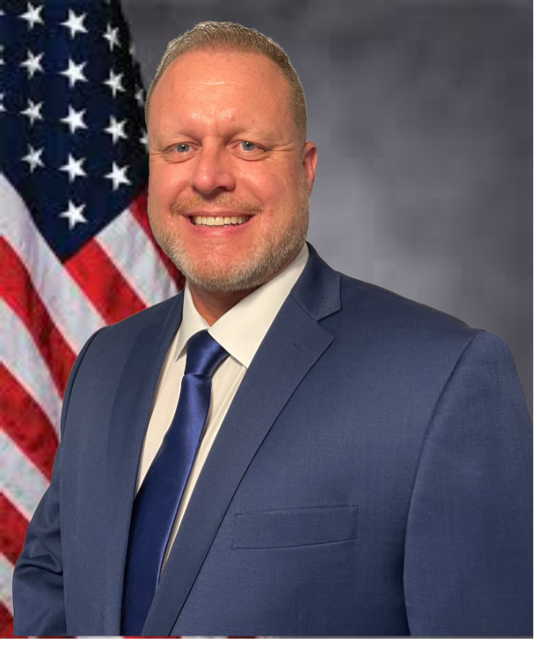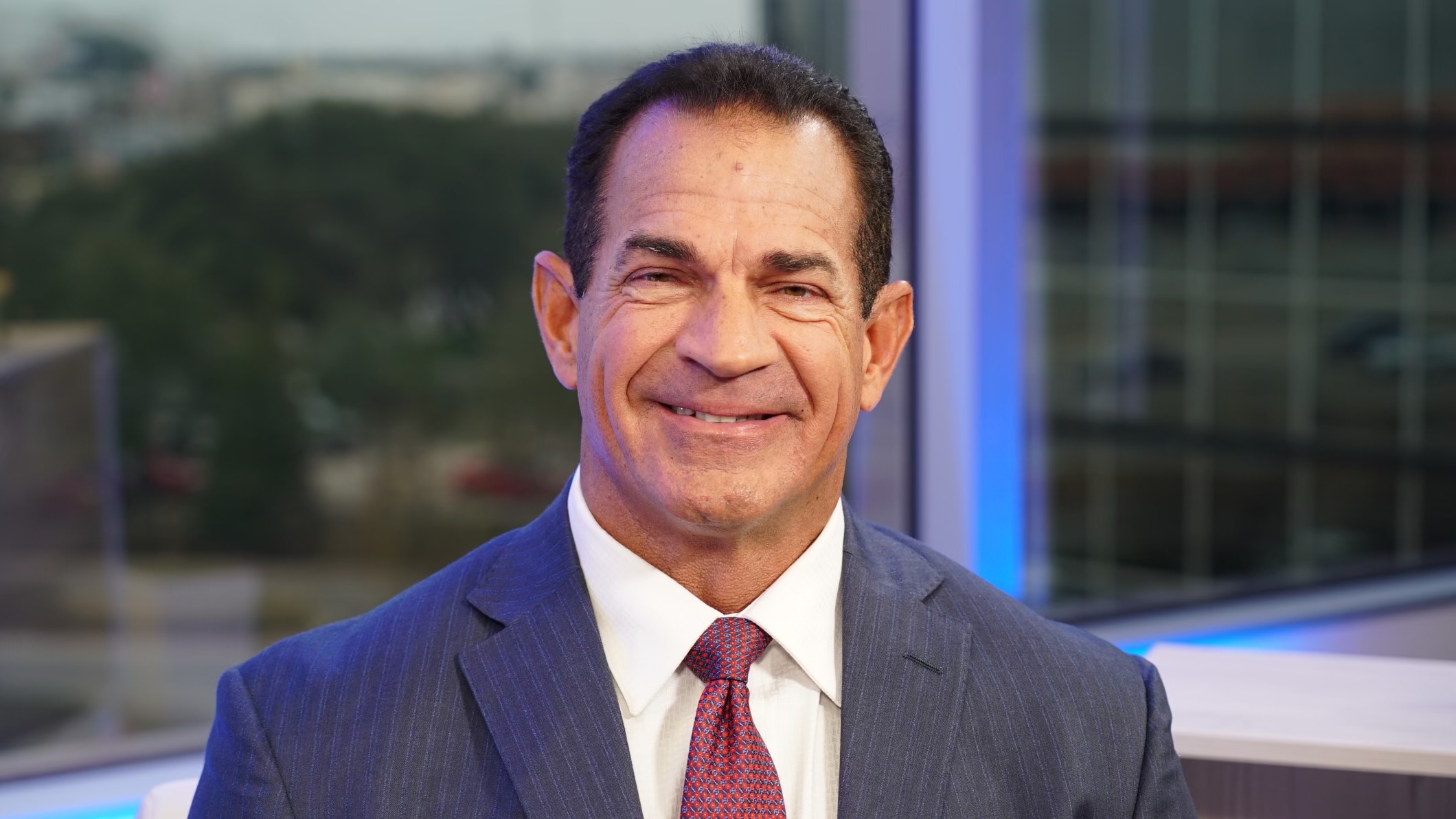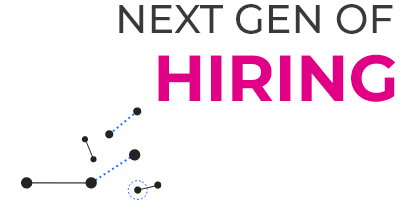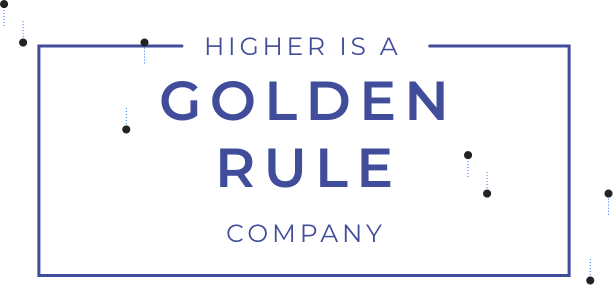Mark Sherwood, Naturopathic Doctor (ND) and Michele L. Neil-Sherwood, Doctor of Osteopathy (DO), have a full-time wellness-based medical practice in Tulsa, OK called the Functional Medical Institute where they adopt a whole person approach, which is outcome based looking at each individual's unique needs. Their goal is to lead people down a pathway of true healing. To that end, there are two purposes: 1. To eradicate all self-imposed, choice driven disease conditions, and 2. To eliminate the usage of unnecessary medications. Through their unique clinic, various diagnostic tests are used, healing and prevention of common disease patterns are the norm.
Dr. Mark was a recent 2022 gubernatorial candidate for Oklahoma.
The couple has co-authored three Amazon #1 best-selling books, The Quest for Wellness, Fork Your Diet, and Surviving the garden of Eatin'. They have been seen on national TV, been quoted on CNN, featured on CBN, and are regular contributors to many national publications. Dr. Mark regularly appears on Fox News as their healthy living expert. They are also movie producers with their first full-length movie, Fork Your Diet, having over 20 million minutes viewed in the US and UK. Their second motion picture, The Prayer List, was just released worldwide and has over a million views. Their third film, WWJR, is set for release this summer. They just finished filming their fourth movie, Heaven's Date, which will be released next year.
With a broad social media network that spans the globe, Drs. Mark and Michele's influence is far reaching. The couple understands the importance of nutrition, medical food & supplementation, exercise prescription, rest, stress management, hormone balance and the functional movement. This makes them a modern day "dynamic duo of wellness."
Dr. Mark has completed training and certifications in age management, nutrigenetics, nutrigenomics, peptide therapy, hormone therapy, stress management, GI health, and immunology. He is a 24-year retired veteran of the Tulsa Police Department, where he logged a decade of courageous service on the department's SWAT Team. He is also a former Oklahoma state and regional bodybuilding champion, and ex-professional baseball player. Additionally, Dr. Mark traveled the world for over 10 years with the world-famous Power Team. He firmly believes that “each person has an awesome destiny and purpose in life, which can be revealed only through the pursuit of total wellness." Mark is a motivational speaker whose presentations are sought by audiences nationwide. His passion and experience for total wellness make him a versatile role model for people of all ages.




